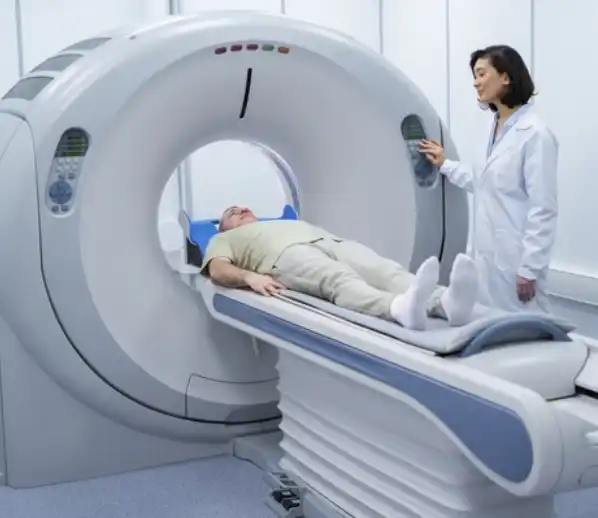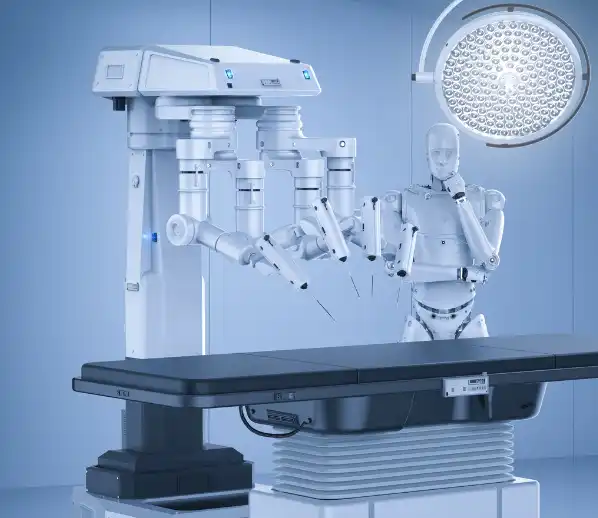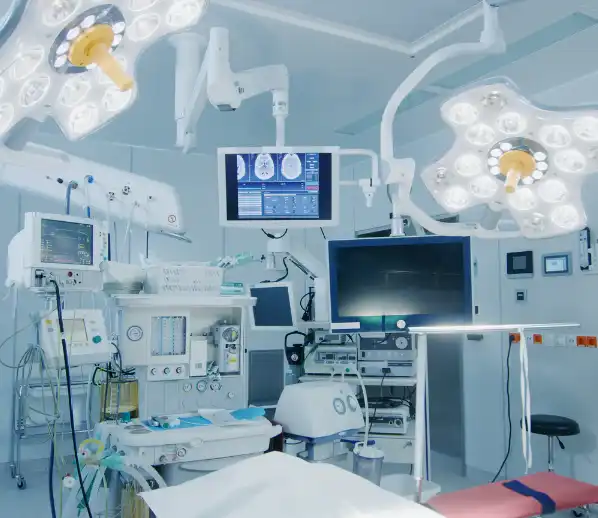Diagnostic Imaging
FPGAs are at the core of enabling imaging systems by providing the high-speed, real-time processing needed for advanced modalities like MRI, CT, and PET scans. They enable sophisticated image enhancement techniques, such as noise reduction and edge detection, which improve the quality and accuracy of diagnostic images. They are critical for high-speed signal processing, chip-to-chip data transfer, and image reconstruction for the highest quality images. Explore the MPSoC System on Modules from iWave and the custom design capabilities from iWave for such applications.


Remote Surgery
The Ultra Low Latency Streamer and Recorder from iWave integrates real time communication and data transfer with very minimal delay between different devices and streaming locations during medical surgery. The Ultra-low latency streaming from iWave reduces end to end streaming or Glass to Glass delay to a mere few milliseconds in the order of 66ms** over Wi-Fi 5. The streamed video is visualized and analysed in real-time simultaneously at local and remote places by Vision Pro and other industry acclaimed tools and systems, which helps medical personnel take quick decisions and actions.
Robotics, Video and Vision
Agilex FPGAs and SoC FPGAs, including the Agielx 3, Agilex 5 and Agilex 7 series, are finding applications in medical devices and healthcare due to their high performance, power efficiency, and ability to handle complex algorithms, making them suitable for tasks like image processing, AI, and networking. Agilex FPGAs, with their DSP blocks and AI Tensor Blocks, are well-suited for accelerating AI algorithms used in medical imaging, diagnostics, and drug discovery. Agilex FPGAs can be used in various medical devices, including ventilators, pacemakers, and infusion pumps, for control, monitoring, and data logging. Explore the portfolio of Agilex Board and Solutions from iWave.


Edge-Based Monitoring and Devices
i.MX SoMs deliver the computing power necessary for complex medical algorithms while maintaining low power consumption, enabling portable and battery-operated medical devices with extended operation times between charges. The i.MX family offers scalability across performance tiers, allowing medical device manufacturers to standardize software architecture while deploying appropriately-powered hardware for different device categories. Applications include patient monitoring devices, diagnostic equipment, point of care testing and therapeutic devices such as infusion pumps and ventilators.

